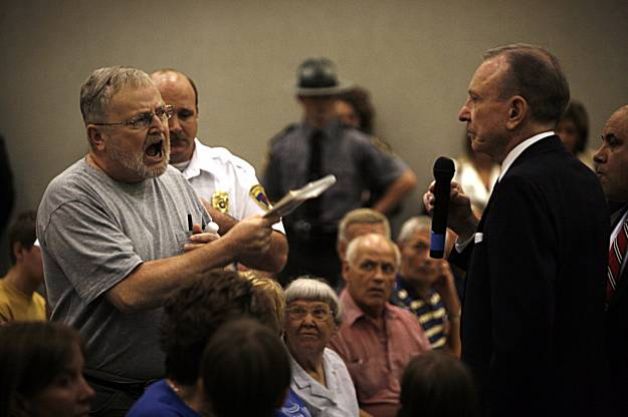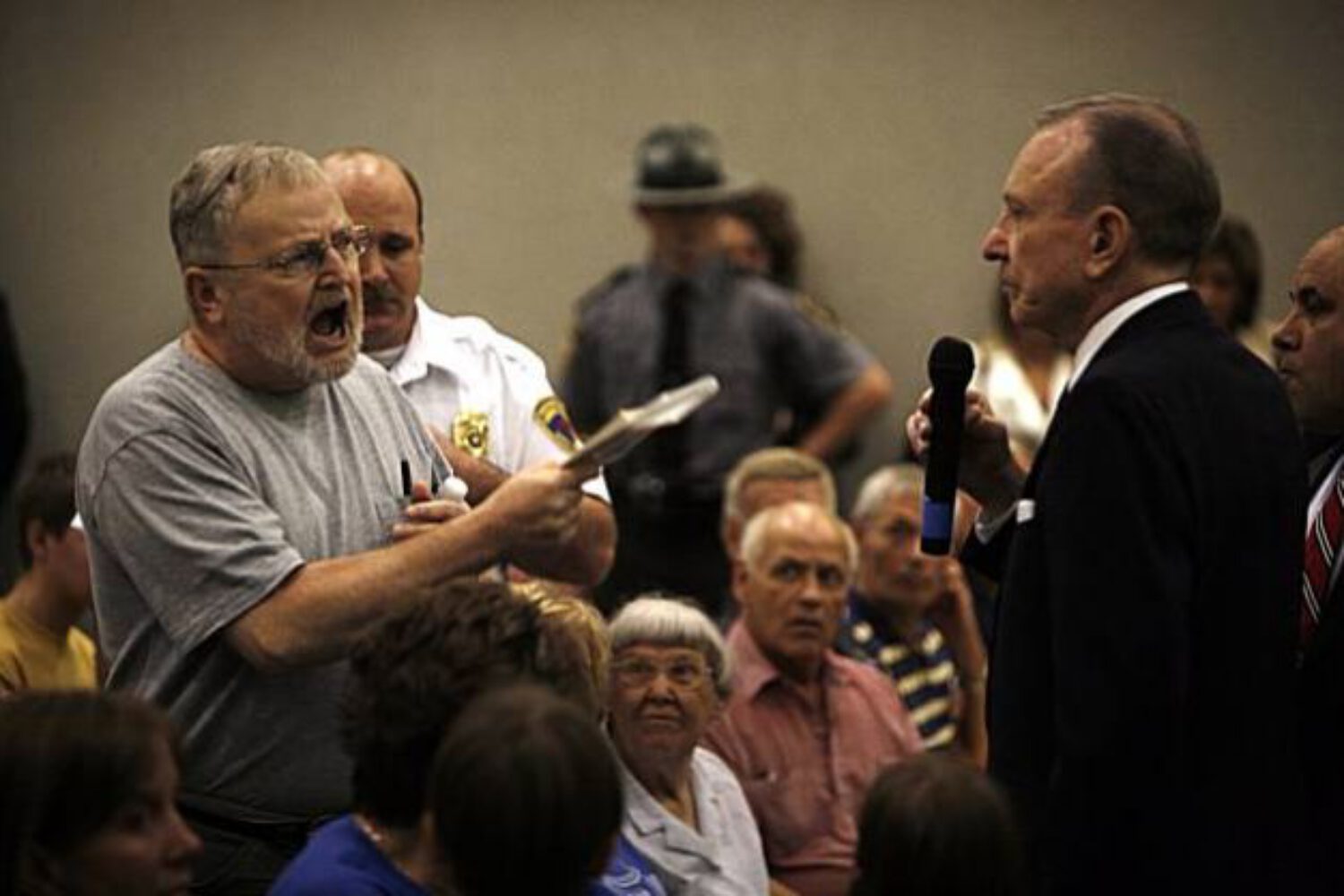
For my two-day public speaking seminars I have participants send me a slide presentation one week before the training. Seeing is believing – that’s why I work on alternative slides at home, which I show them once they’ve finished their presentations.
Often their last slide says Q&A. I replace it by something else, mostly repeating the starting slide showing a metaphorical image, which conveys the key message.
Why do people love the Q&A idea so much?
I would never go for a Q&A session for two reasons.
One, it’s an anticlimax. All the great arguments you came up with (logos), all the credibility and authority you built during your presentation (ethos), all the goose bumps you caused (pathos) – all fading away in dullness in seconds. From a climactic perspective a Q&A session is hell on Earth.
Two, the alpha dogs. As a speaker you’re the star of the moment; you’re standing in the limelight. There are alpha dogs in your audience who don’t like that. They’re waiting for the Q&A session to ask you the meanest, toughest, most polemic questions possible. They are keen on destructing your ethos. And they’re very good at it!
So – what do you do if the organizer or your boss insist on a Q&A session?
In our German Circle of Executives in Barcelona I’ve seen many top speakers throughout the years. There, our President acts as the moderator. Once a speech is over the word goes back to the President who makes some comments before he inaugurates the separate session of questions and answers. The break between speech and Q&A doesn’t have to be long, but there should be a clear cut between the two parts.
What you should avoid like the cholera is a Q&A session being an integral part of your presentation. Vaccine or no vaccine – you’ll be dead!
If you can avoid Q&A, avoid it. If you can’t avoid it, have someone draw a clear line for you between the speech and the Q&A session.


Tobias Rodrigues
Nice!!
If you’re going to take a few questions, an alternative I’ve used is to place the question slot before your climatic ending.
Key thing here is to move on to the climax only AFTER a question you’ve done a good job answering.
Logos, ethos and pathos are kept intact and can even be boosted.
The last thing the audience remembers is your prepared ending, not your impromptu answers.